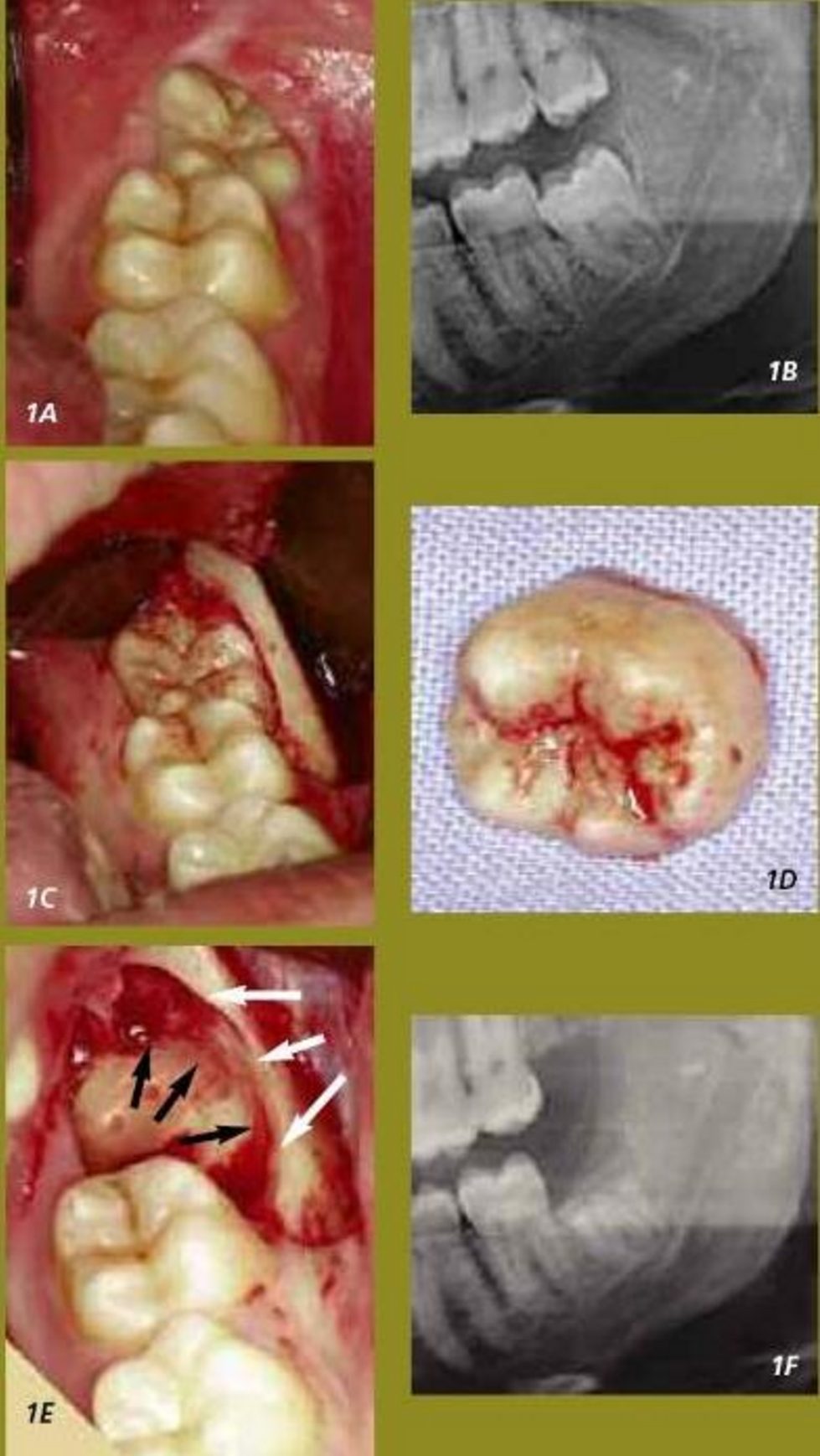
Fortunately, cone beam CT-scan machines are becoming widely available in dental offices.ĬT scans can also help dental professionals determine the size of the dental ridge, assess the condition of the bone, and identify the position of the inferior alveolar nerve for lower wisdom teeth removal. In some cases, a patient may also experience numbness along the chin or lip area. A CT-scan can be uncomfortable for patients, and a gag reflex may occur. While a CT-scan is not appropriate for routine evaluation, it can be helpful in cases of deep impacted wisdom teeth, severe cases, or proximity concerns. Computed tomographyĪ CT-scan of the mouth is commonly used to diagnose impacted wisdom teeth and other issues related to the wisdom teeth. The doctor can also use them to plan dental implants and investigate other problems in the jaw. These X-rays are most useful for detecting impacted wisdom teeth. The other is called an occlusal X-ray, which can show the whole jaw and surrounding tissue. One is a panoramic X-ray, which shows the entire jaw and teeth in one image. Patients with sensitive gag reflexes should let their dentist know before the x-ray session so that they can be comforted and relaxed during the procedure.Ī typical X-ray of the mouth can show two types of images. An x-ray of the wisdom tooth is a necessary part of dental care. An x-ray of the wisdom teeth can also detect an impacted wisdom tooth. Digital x-rays use low levels of radiation to look inside the tooth and detect cavities and decay. Intraoral x-rayĪn intraoral x-ray of wisdom teeth helps a dentist evaluate the health of the tooth and surrounding area. Panoramic X-rays, on the other hand, allow your dentist to see problems outside the gums. It can also help in identifying problems such as cavities and other oral problems that are not easily visible, like tumors. This allows the dentist to see the entire mouth, which may include the impacted or unerupted wisdom teeth.

The resulting image is a 3-D image that allows your dentist to see the whole of your teeth and surrounding bone.Īn occlusal X-ray is performed with the jaw closed. This type of x-ray is used to diagnose conditions, such as cleft palate or extra teeth, and can also reveal the presence of cysts and growths. It shows the entire development of your teeth, from the roots to the tips. Occlusal x-rayĪn occlusal X-ray is an X-ray that shows what is going on inside the mouth. By doing so, you will be sure to receive a high-quality diagnostic work-up and have a predictable outcome.


A Panorex is usually taken at least six months before you are scheduled to have your wisdom teeth extracted. The image will also show you whether any teeth are in close proximity to vital structures, such as nerve canals. You should also remove your eyeglasses.Ī Panorex will give your dentist a clear picture of your teeth, roots, and position. There are no special preparations for this procedure, but you should remove all jewelry and metal objects from your mouth. Your dentist may perform this procedure to plan treatment for various dental procedures, such as dentures, braces, or extractions. The panoramic x-ray is a type of dental imaging procedure that uses a very small amount of ionizing radiation to capture a complete picture of the mouth. Although these procedures are all effective, they aren’t the most efficient for cavity detection, especially if decay is present at a deeper level. You can also opt for other procedures such as a dental molar x-ray, bitewing x-ray, or a Computed tomography (CT) scan. The various types of images available include Occlusal x-ray, Intraoral x-ray, and Panoramic x-ray. A wisdom teeth xray is one of the many ways to diagnose potential problems.


 0 kommentar(er)
0 kommentar(er)
